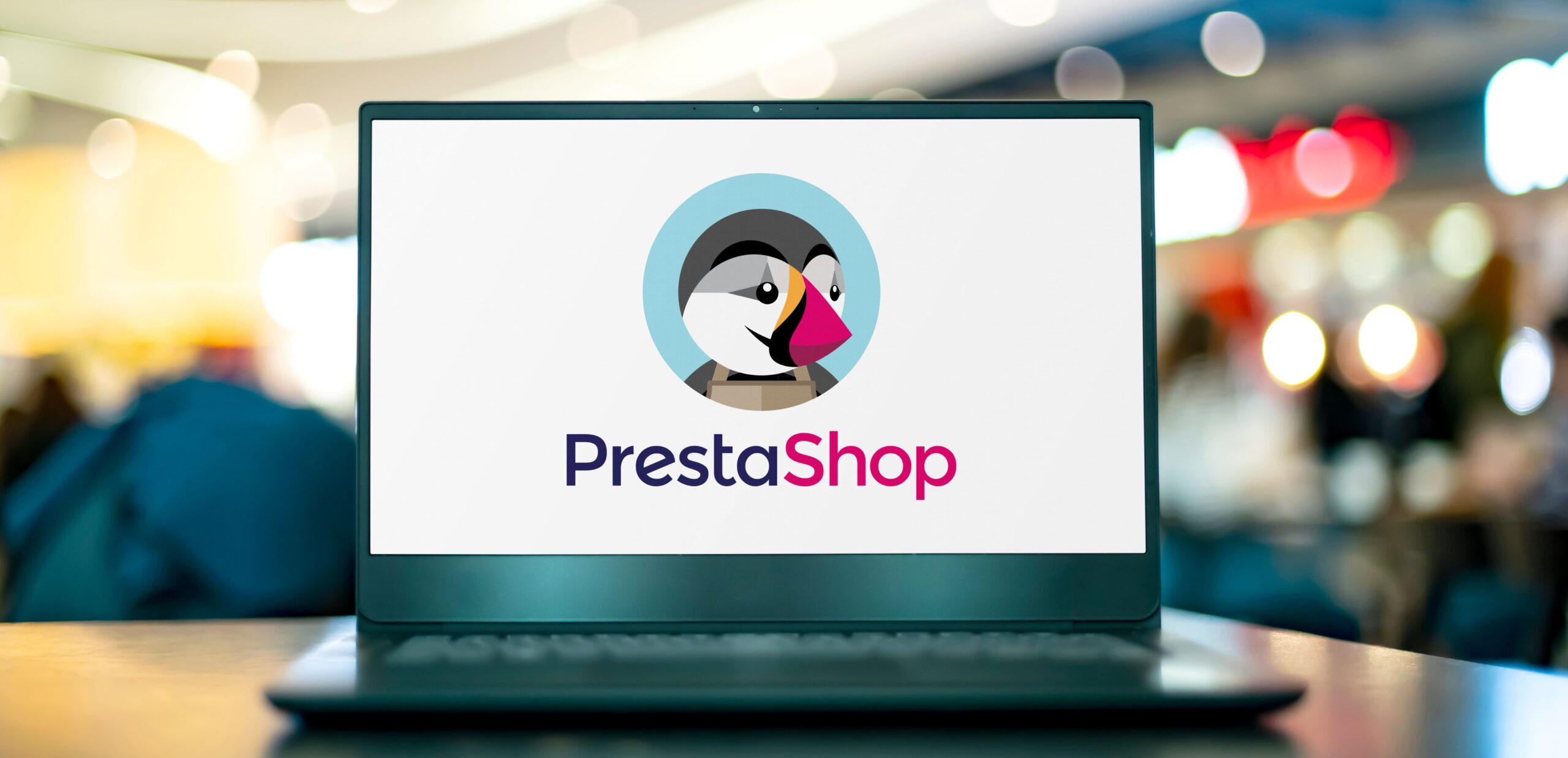Have you created a visual identity for your brand ? Now it’s time to create the document that will ensure consistency : the graphic charter. If you’re reading this article, you’re probably wondering what the purpose of this tool is, and what it should contain ? Don’t panic, you’re not the only one wondering ! In this article, find out why you absolutely need a graphic charter and what elements it should contain.
graphic charter: definition and purpose
What’s the difference between a graphic charter and the visual identity of a company ?
Visual identity is the set of graphic elements that will define your brand. It allows your company to be easily identifiable, to convey its values and to consolidate its brand image. It is made up of :
- the logo;
- colors ;
- typography ;
- images, pictograms, icons ;
- the layout.
The graphic charter is an important tool that defines the rules for using the graphic elements that make up your visual identity. It is the foundation of a good communication strategy .

Why create a corporate identity for your company ?
The main objective of the graphic charter is to maintain coherence between the different communication supports of the brand. This reference document will be indispensable if you delegate the updating or redesign of your media to professional graphic designers. The graphic charter highlights :
- its identity ;
- his world ;
- its values.
This way, your visual identity will always be respected by everyone involved with your brand. You will be more easily recognizable by consumers. The graphic charter also simplifies the production of new communication materials.
In an era of increasing digitalization, we also talk about web graphics. The definition remains the same, we just add web-specific elements like :
- call-to-action buttons ;
- HTML markup ;
- an electronic signature, etc.
The graphic charter is therefore the guarantor of your company’s brand image on the Internet and everywhere else ! Creating this document should be one of the first steps in your communication strategy.
What should a graphic charter contain?

The Logo
The creation of a logo is the first step in the development of a graphic charter. The logo is the central element of your company’s visual identity. It will be part of a global communication strategy aiming at enhancing your brand image. A successful logo means that your customers will trust you, because you will have understood their needs.
There is a whole graphic concept around a logo that has been set up by your graphic designer. It is from this concept that you will be able to create a coherent universe and tell a story.
The logo is accompanied by its conditions of use, which must be standardized in the graphic charter:
- its main version ;
- ;
- its proportions ;
- its minimum size ;
- its rules for use on light, dark or transparent backgrounds, etc.
Typography
The font plays an important role in the visual communication of your company. It must represent your field of activity as well as possible, but also be in line with your brand’s universe. The graphic charter sets out the rules for the layout and use of typography, so that it remains consistent across all communication media :
- poster ;
- flyers ;
- ads ;
- website, digital media, etc.
Be aware that fonts can be paid or royalty free.
The colors
Choosing the colors for your visual identity is the most fun and concrete step for a future entrepreneur. It is also a precious element, because colors are about emotions and symbolism. They have the power to touch the heart of your future customers. Choose a main color that will be a common thread, then secondary colors, do not choose more than 4 colors to maintain harmony. They will also help you to quickly recognize your brand on the Internet.
The graphic charter will present your color palette and the rules for its use :
- RGB ;
- CMYK ;
- pantone ;
- hexadecimal.
Various graphic elements
You may want to add other graphic elements that will add value to your brand image :
- illustrations ;
- pictograms ;
- icons ;
- the design of the navigation buttons, etc.
The objectives of the graphic charter are to list and define these elements in order to be able to reuse them on different media.
Tone and style
While your identity is characterized primarily by graphic elements, it is also highlighted by the tone and style you employ. We can talk about your company’s editorial line. Consistency is important in visual communication, but also in words. If you’ve decided to address your audience in a familiar ” cool ” tone, communicate in the same way in all your brand communications. Some examples :
- blog post ;
- newspaper article ;
- press release ;
- TV and radio interventions;
- advertising campaign, etc.
Examples of brands with successful visual identities
Here are some examples of successful brands you can study in this blog post:
- Apple
- Tesla
- I love New York
- Coca-Cola
- IBM
In summary
You now know a little more about the graphic charter and the elements it must standardize and list. Let me remind you again :
- the logo;
- typography ;
- colors ;
- Miscellaneous graphic elements ;
- tone and style.
Would you like to make rapid progress in creating your visual identity and setting up your graphic charter ? Altosor communication agency puts all its know-how at your disposal. Call on our experienced graphic designers, they will be happy to accompany you and advise you in your project.

















